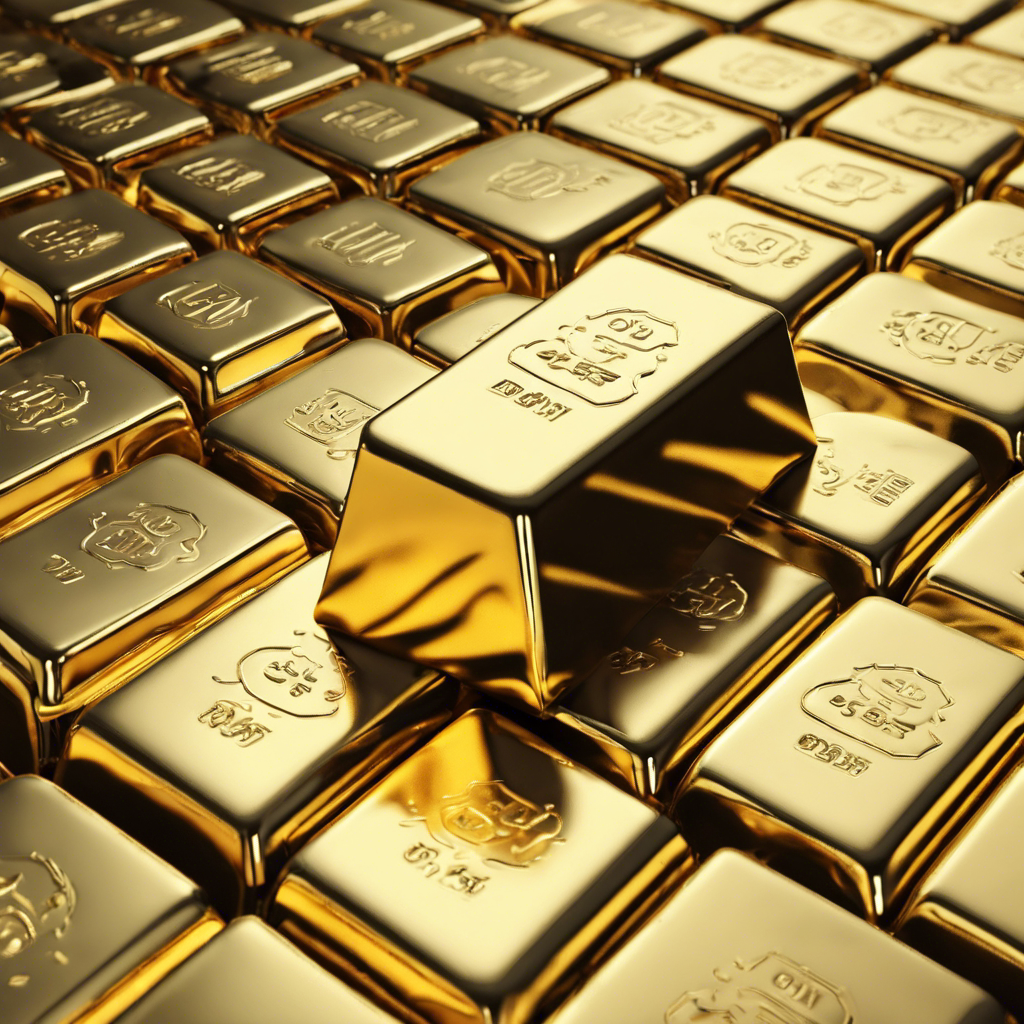Gold DAO: Bridging the Gap Between Traditional Gold Markets and DeFi

DAO.Link CEO Julien Aerni discusses the rise of asset tokenization and the launch of Gold DAO, a decentralized version of gold, in an interview with Cointelegraph.
Asset tokenization has emerged as a game-changer in the world of blockchain technology, connecting traditional finance markets with the decentralized finance (DeFi) ecosystem. Real-world asset (RWA) protocols, such as Gold DAO, have gained significant traction by enabling the digitalization and tokenization of tangible assets like real estate and precious metals. In this interview, Julien Aerni, CEO of DAO.Link, sheds light on the dynamics of RWA tokenization and explains how Gold DAO aims to create a decentralized version of gold.
The Appeal of RWAs and Crypto Assets
In the ever-evolving digital landscape, the connection between tangible and digital assets has become crucial. While cryptocurrencies like Bitcoin and stablecoins cater to investors seeking high-risk, high-reward or lower-risk crypto exposure, RWAs like gold offer stability and act as a safe haven against inflation. The tokenization of gold allows investors to access the benefits of the traditional gold market in a digital form, free from physical constraints.
Introducing Gold DAO and its Alignment with DAO.Link’s Vision
Gold DAO, DAO.Link’s latest initiative, aims to bridge the gap between the physical and digital worlds by tokenizing gold in a decentralized manner. The project addresses traditional challenges associated with gold investment, such as storage and transportability. By creating a decentralized version of gold, Gold DAO aligns closely with DAO.Link’s vision of launchpadding real-world entities into decentralized autonomous organizations (DAOs) on the blockchain.
The Three Phases of Gold DAO
Gold DAO operates through three distinct phases, each contributing to its ecosystem. The initial phase focused on tokenizing physical gold into digital assets called Gold NFTs, representing ownership of the precious metal. The second phase revolves around the development, utilization, and integration of GLDT tokens, which represent digitized gold. The final phase involves the creation of a gold-backed stablecoin, providing a stable and reliable digital currency option backed by the tangible value of gold.
Navigating the Legal and Regulatory Landscape
Gold DAO operates independently outside the traditional regulatory framework, similar to Bitcoin. However, individuals or entities engaging with Gold DAO must comply with existing legal standards, including Know Your Customer (KYC) and Anti-Money Laundering (AML) regulations. While Gold DAO itself doesn’t adhere to traditional regulations, it ensures that participants follow legal standards.
Tokenizing Physical Gold on the Gold DAO Platform
The tokenization of physical gold on the Gold DAO platform is facilitated by the ORIGYN protocol, an RWA certifier. The process involves collecting biometric data of the physical gold, registering it inside each ORIGYN NFT, and third-party verification to confirm secure storage. Blockchain technology ensures the authenticity and ownership of gold, providing transparency and trust.
Gold DAO’s Governance Model
Participants in Gold DAO invest in the project and receive GLDGov tokens, which serve as governance tokens. These tokens enable holders to vote, propose initiatives, and earn rewards based on their participation. The governance model incentivizes the community to make informed decisions and actively contribute to the project’s future.
The Social and Economic Impact of Gold Tokenization
Making gold more accessible through blockchain technology can lower barriers to entry, allowing a wider range of individuals and smaller investors to participate in the gold market. This increased accessibility can lead to enhanced liquidity and a more diverse investor base. Socially, it fosters financial inclusion, especially in regions with limited access to traditional banking or investment opportunities. Economically, it offers a stable investment alternative in economies with high inflation or currency instability.
Collaboration and Feedback from Traditional Gold Market Stakeholders
Gold DAO has received positive feedback from key players in the gold industry, who are enthusiastic about the project’s approach. Collaboration with established entities, such as Metalor, signifies the opening of new markets and the creation of innovative solutions. Gold DAO integrates with traditional markets while expanding its reach and potential.
Gold DAO’s Plans for the Future
Gold DAO has exciting plans for 2024, including the deployment of a swap mechanism between Gold NFTs and GLDT, the of a gold-backed stablecoin pegged to the U.S. dollar, and exploration of stablecoins tied to other currencies. The project remains open to business opportunities, partnerships, and creating real value in the dynamic blockchain ecosystem.
Conclusion:
The tokenization of gold through projects like Gold DAO represents a significant step towards bridging the gap between traditional finance markets and the decentralized world of blockchain. By offering stability, accessibility, and enhanced utility, Gold DAO aims to revolutionize the gold market and empower individuals globally. As asset tokenization continues to gain momentum, the future looks bright for the intersection of traditional assets and DeFi.

